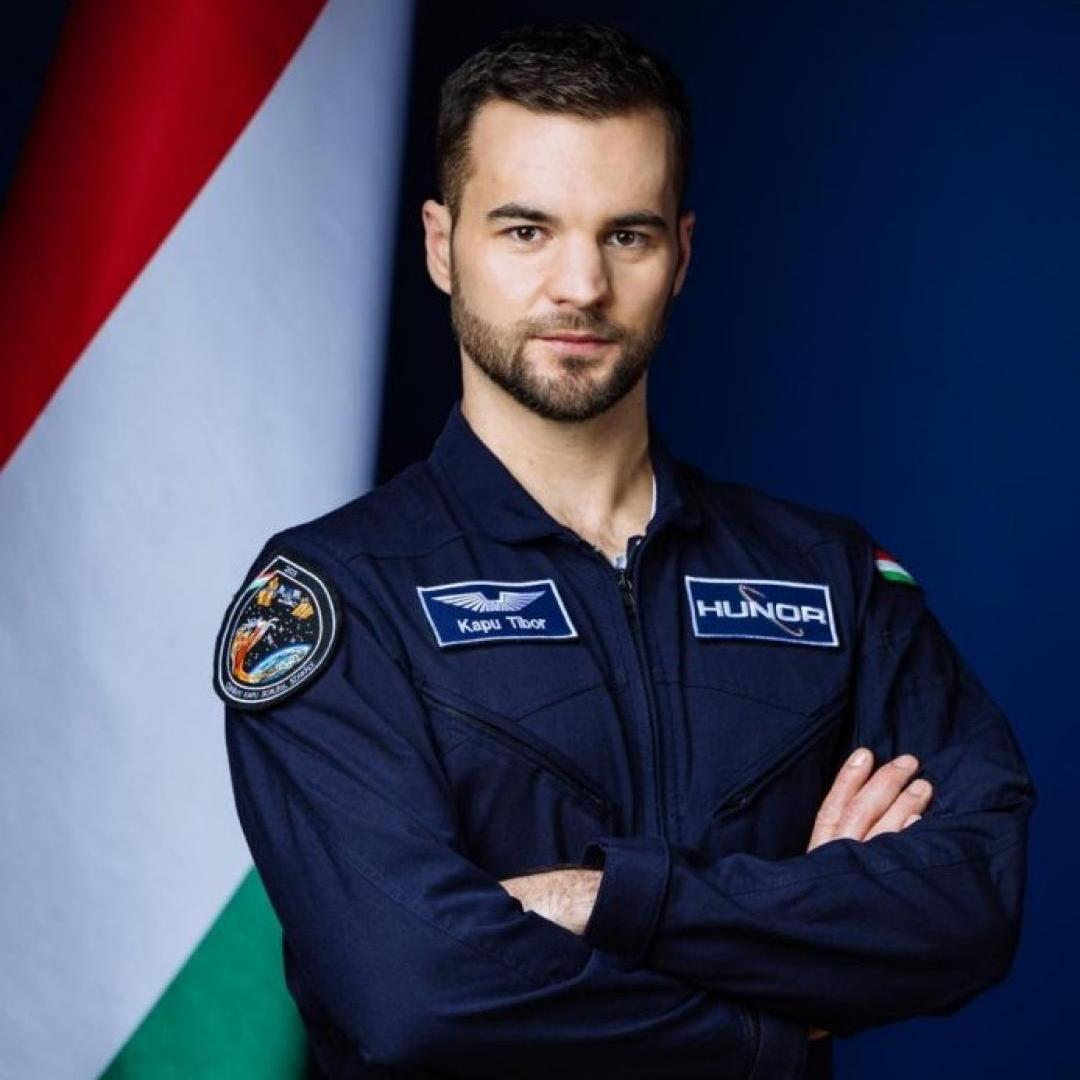During the first Moon landing, NASA originally planned to use a pressurised rover delivered by a separate rocket. The lunar rover, which rolled onto the Moon’s surface on 31 July 1971, became the world’s first four-wheeled vehicle designed for use beyond Earth. Hungarian-American engineer Ferenc Pavlics played a major role in its design, specifically in developing the wheels. His innovative solution for the wheels’ structure proved so effective that it was used in later Apollo missions as well.
As part of the Soviet Union’s most successful space programme, the Vega 1 and Vega 2 probes not only reached Venus, but also studied Halley’s Comet. Their onboard imaging systems were developed by scientists at the Hungarian Central Research Institute for Physics. The platform sent back around 1,500 images to Earth, including the first ever close-up photographs of a comet’s nucleus.
The greatest success in Hungarian space research to date has been the Pille dosimeter. Developed in the 1970s at the Central Research Institute for Physics for terrestrial use, it soon became clear that its size, technical solutions, and design made it suitable for space as well. The device operates on the principle of thermoluminescence – meaning that a sample exposed to electromagnetic radiation emits light when subsequently heated. Bertalan Farkas was the first to use it in space in 1980, and its modernised version is still in use aboard the International Space Station.
The Puli Lunar Water Snooper (PLWS), developed by the Hungarian company Puli Space Technologies, is capable of detecting subsurface water without the need for drilling. This is an invaluable resource for future human missions.
Hungary will soon have its own satellite programme, called HUSAT. From 2032, we plan to operate one satellite in geostationary orbit and eight in low Earth orbit. This will be the largest privately initiated and funded satellite programme in the Central and Eastern European region. The programme will provide Earth observation, data processing, and telecommunications services to support telecommunications, industry, agriculture, transport and logistics, environmental and disaster management, forestry, water management, climate research, cartography, urban planning, and security policy.
Although Tibor Kapu will be the second Hungarian astronaut to represent Hungary, let us not forget Charles Simonyi, who was born in Budapest and emigrated from Hungary to the USA in 1966. Simonyi visited the International Space Station in both 2007 and 2009, but he gained his fame not as one of the first space tourists, but for his work at Microsoft, which earned him the title “father of Word and Excel”.

